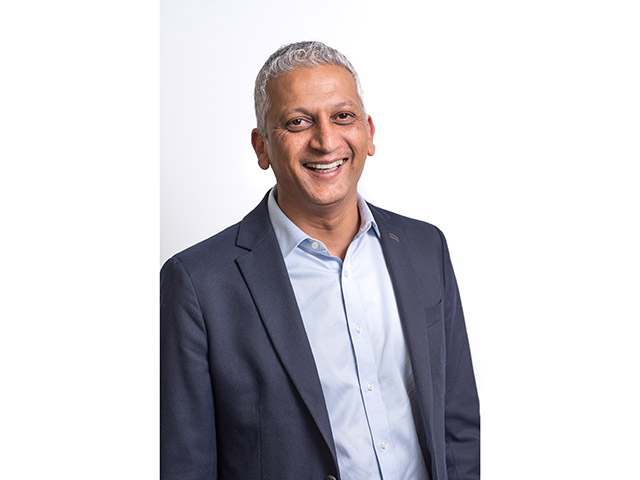Mo Areff, Business Unit Lead - Customer Engagement at Altron Karabina
Last month, South African president Cyril Ramaphosa used the State of the Nation address to highlight the importance of building a smart city in the country. This presents industry with significant opportunities as the world embraces a digital future.
Even though there is no universally accepted definition of what exactly constitutes a smart city, there are certain commonalities. Fundamentally, a smart city is a municipality that uses ICT to increase its operational efficiency, share information with the public, and improve the quality of government services and citizen welfare. Moreover, in the UK, these are considered more of a process than a static outcome. In other words, smart cities increase citizen engagement using infrastructure, social capital, and digital technologies. This makes them more liveable, resilient, and better able to respond to challenges.
However, in developing countries like India, the concept takes on a slightly different meaning. There, it revolves around how best to meet the aspirations of a city dweller when it comes to infrastructure and services. For them, ICT might not even feature that prominently. Instead, it is all about having access to reliable basic services such as electricity and clean water.
South Africa falls somewhere between these extremes. On the one hand, the country is considered one of the continent’s leaders when it comes to technology innovation. And yet, its challenges are similar to what India is experiencing in that basic services are often found wanting. In this context, the president’s vision of having a smart city must be balanced with the practicalities of marrying sophisticated digital solutions with expectations around the services that meet basic human rights.
As such, it has become critically important for government to conduct a needs assessment to better understand the requirements of each province, city, town, and community in the country. Technology for its own sake means very little if it does not form part of a cohesive strategy that accounts for the needs of the communities which must be serviced.
An evolution
With the world’s urban population expected to grow by 63% between 2014 and 2050, megacities will see more than 20 million people living there creating significant sustainability challenges. According to these UN figures, 828 million people lived in slums in 2015 with that number increasing by six million annually. Beyond electricity, water, and sanitation concerns, there are challenges around unemployment, pollution, traffic congestion, violence, and crime to contend with.
Clearly, the romantic notion of smart cities being these digital paradises where people can access any service with the press of a button on a mobile device has some way to go in Africa. And yet, because of this, the potential for an evolution in public and private partnerships will help drive this change.
This requires a shift in focus on how smart cities are positioned to a cynical public. Instead of exclusively focusing on how technologies like the Internet of Things, artificial intelligence, and cloud computing will transform people’s lives, more attention needs to be paid to delivering the underlying infrastructure required to accomplish this.
Of course, this does not have to be an either or scenario. The private sector must work with government in identifying the immediate needs of a city and creating a short through long-term strategy of actions that address those. And when it comes to building such a city from scratch as was intimated by the president, then there is massive potential to get the fundamentals right from the start of the process.
But there are also opportunities to use existing infrastructure, expand it, and digitalise it to be better connected. And when it comes to skills development, the country has the people, but needs the support from public and private sectors to get the opportunity to learn, experience, and work with the technologies driving this change.
As part of this, a smart city must be able to not only deliver enhanced services, but also improve existing offerings to ensure there is better service delivery to all citizens, not just the ones who are connected via mobile devices. Using existing infrastructure and services as a platform, a city can grow into being more sophisticated and ‘smarter’ at a systemic level.
Global lessons
The World Economic Forum even highlights how smart cities have traditionally been positioned for wealthy cities in mature economies. It argues that the most pressing needs of most residents must first be addressed to create an enabling environment for more people.
Fortunately, Africa has a proud history in finding innovative ways of overcoming traditional challenges around infrastructure and other obstacles. Therefore, the establishment of a smart city (wherever that might take place) will involve taking best practices from around the world and customising it with typical African flair to suit the requirements of the local market.
Again, public private partnerships will be instrumental in this regard. Leveraging the technology capabilities available with the political will to change, can put the transition to a smart city on a much smoother path for success.





